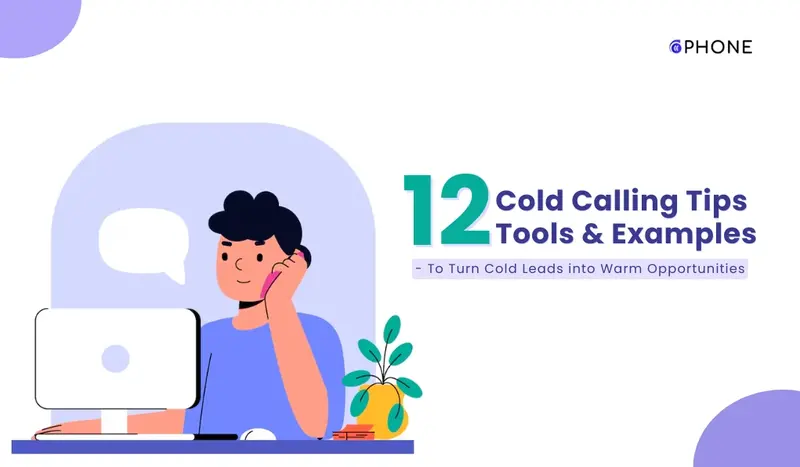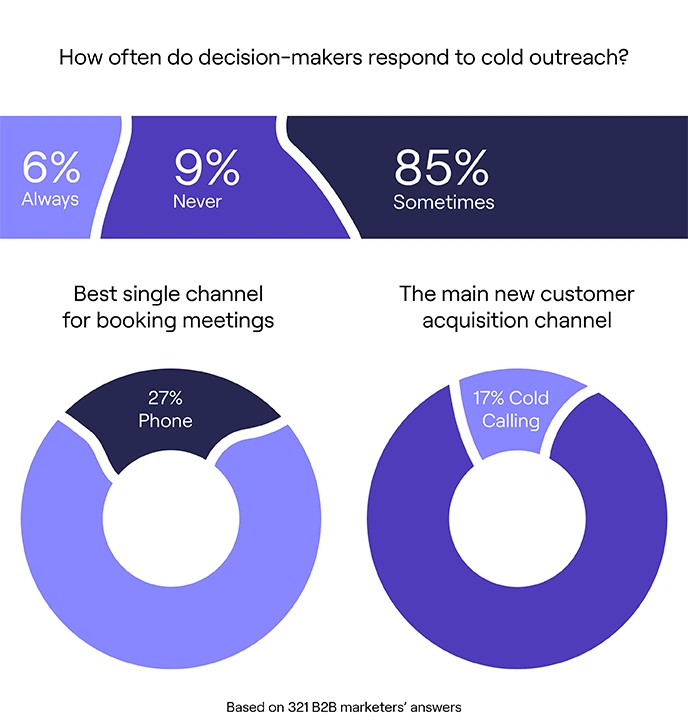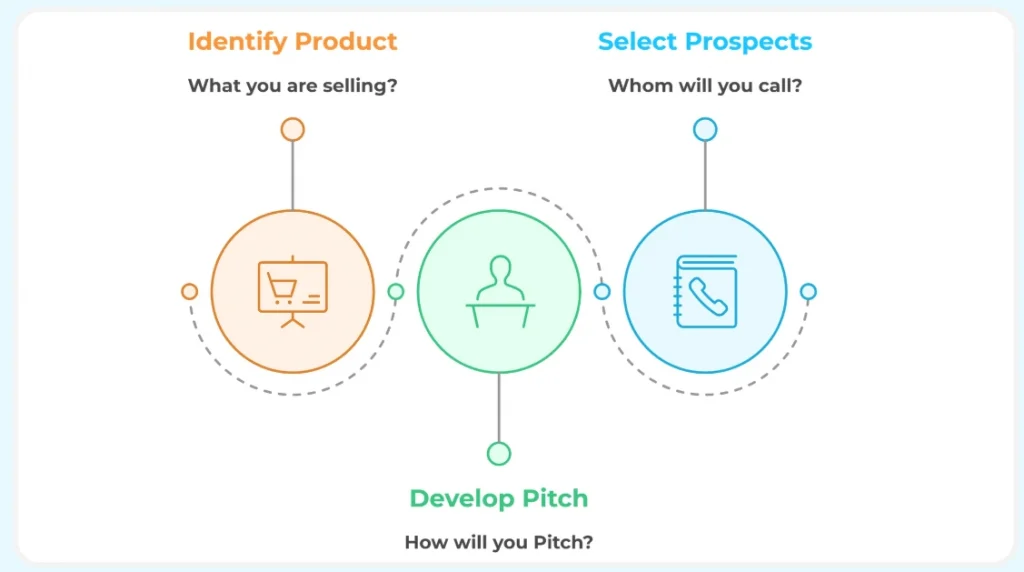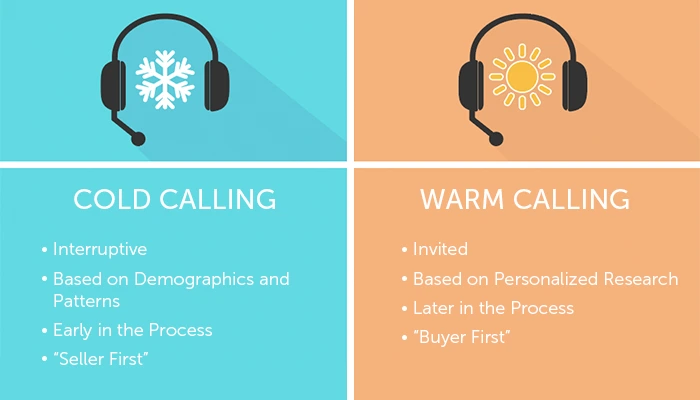● What is Cold Calling?
● How Cold Calling Helps?
● How to Build Rapport Before Cold Calling
● Understanding The Process of Cold Calling
● Cold Calling Tips & Techniques For Better Results
● Best Cold Call Script Examples
● Turning Cold Calls Warm: Following Up
● FAQs: Cold Calling Tips & Best Practices
● Cold Calling Techniques: Final Advice
● How Cold Calling Helps?
● How to Build Rapport Before Cold Calling
● Understanding The Process of Cold Calling
● Cold Calling Tips & Techniques For Better Results
● Best Cold Call Script Examples
● Turning Cold Calls Warm: Following Up
● FAQs: Cold Calling Tips & Best Practices
● Cold Calling Techniques: Final Advice





